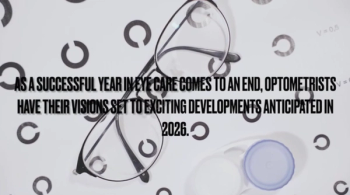
5 reasons to prescribe toric contact lenses
Fitting toric contact lenses is good for your patients as well as your practice.
This infographic reminds of you five reasons you should keep torics top of mind for patients with 0.75 D of cylinder and above.
Related:
1. Improved visual acuity
Offer patients better vision
2. Cutting-edge technology
Show your patients you’re fitting the latest designs
Related:
3. Higher level of care
Patients know you are providing what they need
4. Increased patient loyalty
Solving patients’ needs ties them to your practice
5. Improved bottom line
You are compensated for extra time and fitting expertise…if you charge for it
Newsletter
Want more insights like this? Subscribe to Optometry Times and get clinical pearls and practice tips delivered straight to your inbox.













































.png)


